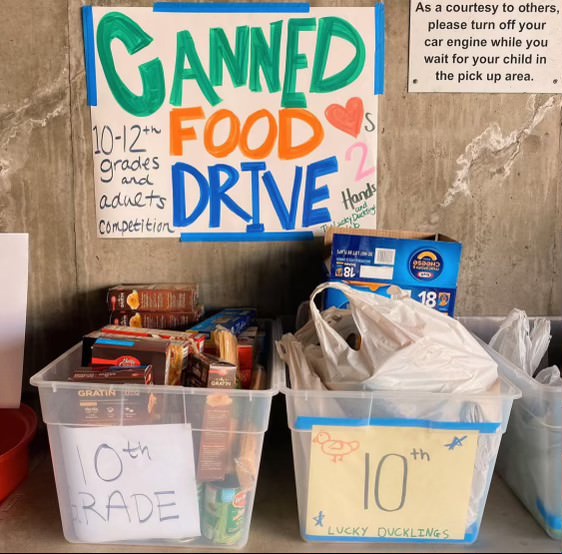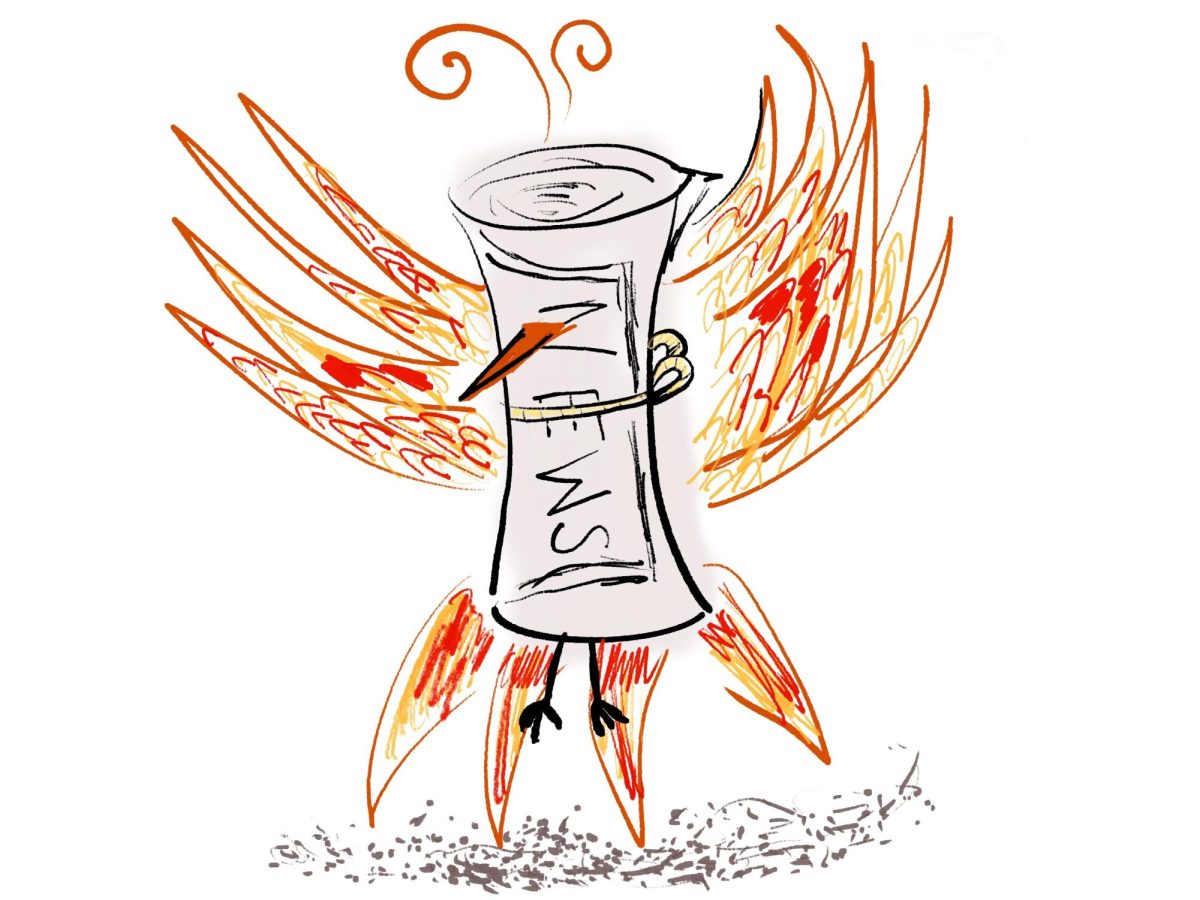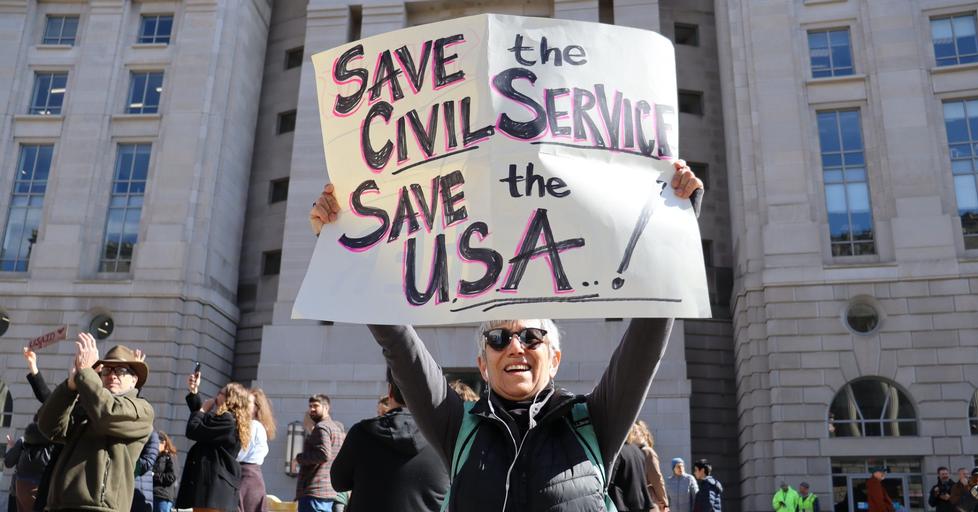Last year, 771,480 people were homeless in the United States, an unprecedented and record-high level. It stands as an ironic contradiction that in the U.S. — the wealthiest nation in the world — homelessness grew by 18.1% in 2024, one of the highest rates in the 21st century.
Undoubtedly, lawmakers face a dilemma: in an economy that seems to be thriving — unemployment is decreasing, the Gross Domestic Product (GDP) is growing, the stock market is reaching all-time highs, and inflation has almost returned to pre-pandemic levels — homelessness persists nationwide, shattering the lives of hundreds of thousands of Americans at an alarming rate. And while lawmakers may distract us with these economic accomplishments, they have unfortunately done little to solve the growing income inequality. In fact, lawmakers have failed our homeless population. It is time for that to change.
In December 2024, the U.S. Department of Housing and Urban Development released The 2024 Annual Homelessness Assessment Report to Congress, a roughly 100 page report that publishes the results of the nationwide Point in Time count, an annual survey of all sheltered and unsheltered homeless people in the U.S. collected in late January every year.
This year’s Annual Homelessness Assessment Report to Congress revealed that in addition to the record-breaking 771,480 people experiencing homelessness nationwide, the amount of homeless families with children had the largest single year increase ever: 39%. This equates to roughly 150,000 children considered homeless — 150,000 innocent childhoods ruined and 150,000 lives significantly set back from the start.
But of all findings from the Annual Homelessness Assessment Report to Congress, the most startling had to be the fact that in 2024, homelessness increased at an unprecedented rate of 18.1%. This is frightening when considering that between 2007 and 2023, homelessness increased by 19.2%. An increase in homelessness that had previously taken 16 years just happened in a single year.
The Annual Homelessness Assessment Report to Congress pointed out several factors that may have caused this historic rise in homelessness, including spike in housing prices, rising inflation, stagnant wages, and the termination of COVID-19 era welfare programs, such as the child tax credit, which had kept homelessness at lower levels.
Clearly, the economic measures that the U.S. Department of Housing and Urban Development suspects are behind the increase in homelessness differ from the reasons the general public attributes to homelessness, such as unemployment. And while it may be simple for lawmakers to point to low unemployment as a great accomplishment — which indeed it is — they have unfortunately done little to solve the growing income inequality.
In fact, unemployment on its own is not a defining issue leading to homelessness: between 2011 and 2018, more than half of all homeless people in the U.S. had a job. Instead, it is the stagnating, low wages of these jobs coupled with the incredibly high cost of living that is causing homelessness to grow so rapidly today. Combined with the cutting of vital social welfare programs that helped homelessness sit at record-low levels during COVID-19, it really is no surprise that homelessness has spiked to an all-time high.
The gap between wages and cost of living in the U.S. has grown rapidly in recent years, underscoring its correlation with homelessness. For instance, while inflation-adjusted wages have stagnated for decades — wages in 1973 and 2019 were both $23 — the cost of living has surged — the inflation-adjusted cost of a house was $189,500 in 1972, compared to $440,300 in 2022. So how can Americans possibly keep up with the almost tripled cost of a house if wages have not increased at all?
They have not. Hence the historic single year increase in homelessness that previously took 16 years.
Lawmakers across the country have largely ignored these issues. Not only have they not focused on fixing the systemic causes of homelessness such as income inequality, they cut social welfare programs in 2023 that had created safety nets for the most vulnerable in the U.S. during COVID-19. For background, homelessness was at one of its lowest rates in 2020 and 2021, when low-income communities were protected from eviction if they could not pay rent and were supported with monthly stipends and unemployment benefits. Almost all of these COVID-19 era benefits were dissolved in 2023, around the same time homelessness began to spike again.
Worst of all, instead of addressing these issues, lawmakers are choosing to criminalize homelessness, stigmatizing the issue more and dehumanizing Americans who already live without basic human rights. “The government’s report illustrates how homelessness is a crisis born of several compounded crises…yet politicians and leaders have largely chosen to treat people without housing punitively,” Meher Ahmad, a columnist for The New York Times, wrote in early January.
Specifically, the Supreme Court ruled last June in City of Grants Pass v. Johnson that a law in Oregon banning homeless residents from sleeping outdoors, even when shelters are full, was not unconstitutional. As a result, cities across the U.S. — and especially in California — have embraced this ruling and passed similar laws.
In August, for instance, California Governor Gavin Newsom called on state officials to clear homeless encampments. In fact, on August 8th, Governor Newsom even made an appearance at a sprawling homeless encampment in Los Angeles, using his own two hands to tear down tents and clear out people’s personal belongings. And when some cities, such as San Diego, stood up to him to protect their homeless populations, Governor Newsom threatened to “redirect money” away from cities that do not clear encampments in a year’s time.
Quite frankly, examples like these show how lawmakers at all levels have failed their homeless populations. More importantly, it highlights the moral failure of lawmakers nationwide. Not only are lawmakers willing to neglect the systemic issues causing homelessness, they are willing to use a highly disputed Supreme Court decision to crack down on a way of living that homeless people do not choose to be in, but are put in by socioeconomic inequalities preserved by the very same lawmakers.
It is hypocritical. It is unforgivable. And while it has taken far too long, it is time for lawmakers to address.
Ultimately, it is clear that federal, state, and local lawmakers can do a lot more than they are doing now. While it is easy to point to partisan divides as the reason for current negligence, there are bipartisan laws and actions that must be fixed. Just look at Governor Newsom, a Democrat through and through, who is leading the efforts across his state to criminalize homelessness, even threatening to cut local funding to address homelessness if cities do not.
It takes all of the lawmakers — and all of us — to come together and prioritize addressing this issue. It can be done, and most importantly, it must be done. These are our neighbors, our friends, and our fellow Americans that are calling on us to help. How we act now will determine if we truly are a nation of morality, humility, and compassion.
The choice seems pretty clear.









